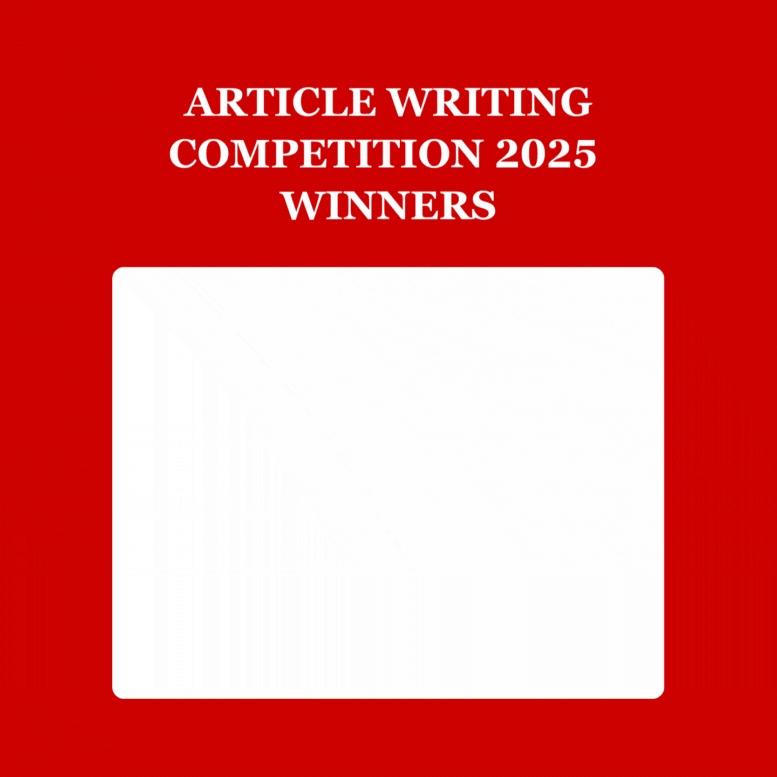The emergence of China, the resurgence of Russia, the advent of nascent technologies, conventional asymmetries among the countries, and the declining world order have necessitated a critical revisit to global arms control architecture. Major power—US, China, and Russia – and emerging states: India, Iran, and North Korea respectively are highly engaged in military modernization efforts and enhancement of their strategic capabilities. Simultaneously, the international legally binding and multilateral instruments are turning fragile in the wake of the renewed multipolar global power distribution. Collectively, the vertical and horizontal proliferation of arms, coupled with a reduced commitment to global multilateral arrangements, pose profound threats to international security.
From 1979 to 2019, China experienced a miraculous economic growth, with average annual GDP growth rate of 9.4% in the said period
From 1979 to 2019, China experienced a miraculous economic growth, with average annual GDP growth rate of 9.4% in the said period. It increased China’s economic and diplomatic influence and allowed it to significantly invest in its military modernization efforts. Beijing’s military budget from 1989 to 2025 increased over 2,100 percent, and by 2049, it has articulated a strategic objective to transform People’s Liberation Army (PLA) into a force that is on par with world’s leading militaries, while ignoring its implications on global strategic stability and arms control efforts.
In response, to restore strategic balance and find solutions to its asymmetric arsenal, the Kremlin is investing in several arms, including cruise missiles, hypersonic missiles, Unmanned Aerial Vehicles, and other emerging technologies.
Counterintuitively, the US-Russia alienation has also increased in the post-Cold War period. A series of events such as the expansion of The North Atlantic Treaty Organization (NATO) towards the Urals, the termination of the Anti-Ballistic Missile Treaty (ABM) by the US in 2002 and subsequent Russian withdrawal from the START II treaty, Russia’s annexation of Crimea in 2014, the Syria Conflict, the termination of Intermediate-Range Nuclear Force Treaty (INF) in 2019, and the ongoing Russia-Ukraine war have exacerbated the tensions between the two powers. In response, to restore strategic balance and find solutions to its asymmetric arsenal, the Kremlin is investing in several arms, including cruise missiles, hypersonic missiles, Unmanned Aerial Vehicles, and other emerging technologies.
Emerging technologies and cutting-edge advancements in the military domain in the shape of Artificial Intelligence (AI), hypersonic weapons, autonomous and unmanned systems, cyberspace, quantum technologies, and directed energy weapons have increased the tendency of states to acquire and integrate them into their military strategy. This development has far-reaching effects on global and regional strategic stability, balance of power, and global arms control initiatives.
There is a – ‘spiral of arms proliferation’ on a global level – that affects regional military balance leading to strategic instability, security dilemmas, and arms proliferation
Conventional asymmetries between the countries, most prominently India and Pakistan, The US and Russia, and China and India primarily persuade the latter nations to restore the conventional balance when the regional and international arms control initiatives are losing strength. China’s ambitions of making a world-class force by 2049 to balance the US has caused a strategic imbalance between China and India.
New Delhi’s pursuit to balance China may persuade Islamabad to look for strategic counter-measures. Similarly, The US allies and its deployment of non-strategic nuclear weapons in Europe, termination of arms control treaties of the Cold War period, and NATO expansion forced Moscow to build a resilient defense structure against the perceived Western threats. Additionally, US-North Korea adversarial relations have led Pyongyang to actively develop and expand its arsenal especially inter-continental ballistic missiles, cruise missiles, and repository of its nuclear warheads to respond to the American threats. Thus, there is a – ‘spiral of arms proliferation’ on a global level – that affects regional military balance leading to strategic instability, security dilemmas, and arms proliferation.
During the Cold War, such a spiral of arms proliferation was constrained by the sheer commitment of the diverging blocs to arms balance and through global institutionalism that helped initiate an arms control architecture
During the Cold War, such a spiral of arms proliferation was constrained by the sheer commitment of the diverging blocs to arms balance and through global institutionalism that helped initiate an arms control architecture. Through these mechanisms, several arms control treaties were concluded by the US and the erstwhile Soviet Union which even today provides theoretical and literary grounds to modern-day arms control efforts. Contrarily, marked by the multipolar power structure, reducing hold of international norms and standards, and the advent of nascent technologies, the 21st-century world order is highly fragile to respond to the growing arms spiral.
There is a need for a new comprehensive and multilateral arms control architecture on the global stage
Hence, there is a need for a new comprehensive and multilateral arms control architecture on the global stage that must include the tenets of the Cold War period’s parity-based architecture along with a Behavioral Arms Control (BAC) framework. It must have clear guidelines for risk reduction, confidence-building measures, verification, and inspection protocols; it should contain conflict resolution mechanisms; it must be inclusive and transparent, it must be responsive and immune from manipulation.
Disclaimer: The opinions expressed in this article are solely those of the author. They do not represent the views, beliefs, or policies of the Stratheia.


